Ancient cities and towns 🢔 Settlements 🢔 Archaeological wonders 🢔 Categories of wonders
Wonder
Hisarya walled Roman town
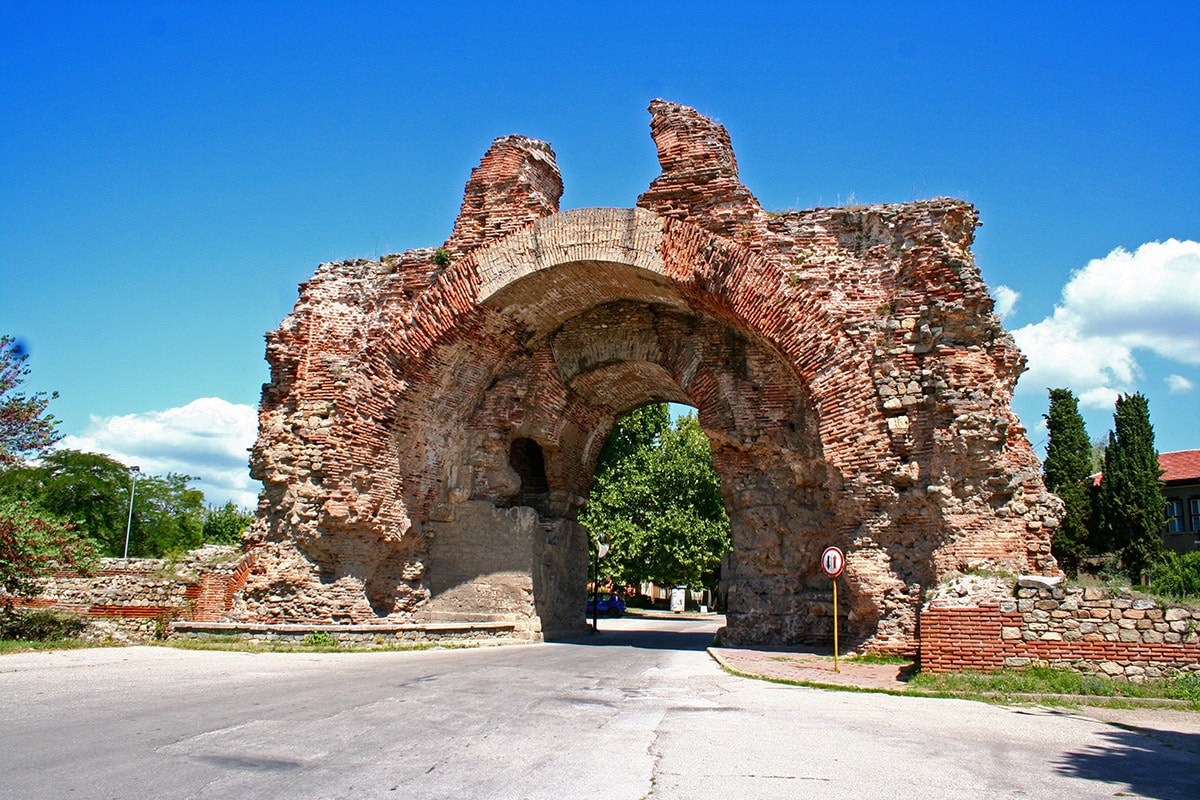
 In short
In short
For millennia people are attracted to the hot springs in Hisarya town. Almost two thousand years ago the town was taken by the Roman Empire and here was built Hisarya walled Roman town – a splendid city which was enclosed with gargantuan city walls. The giant city walls and remnants of many structures have been preserved up to this day.
 42.8%
42.8%
GPS coordinates
Name in Bulgarian
Ancient (Roman) name
Culture
Founded
Flourished
Area
Map of the site
If you see this after your page is loaded completely, leafletJS files are missing.
 In detail
In detail
History
Beginnings and Thracians
In Hisarya are located 22 mineral springs – each with different chemical composition and temperature. The hottest one – Toplitsa – is 51 °C hot.
This small wonder of nature has attracted people since prehistoric times. Here have been found traces of settlement which was inhabited already before the 4th century BC.
As the state of Thracians developed, this resort city became an early urban center. It is known that ancient Thracians had here temples and unknown rituals took place in this nature resort.
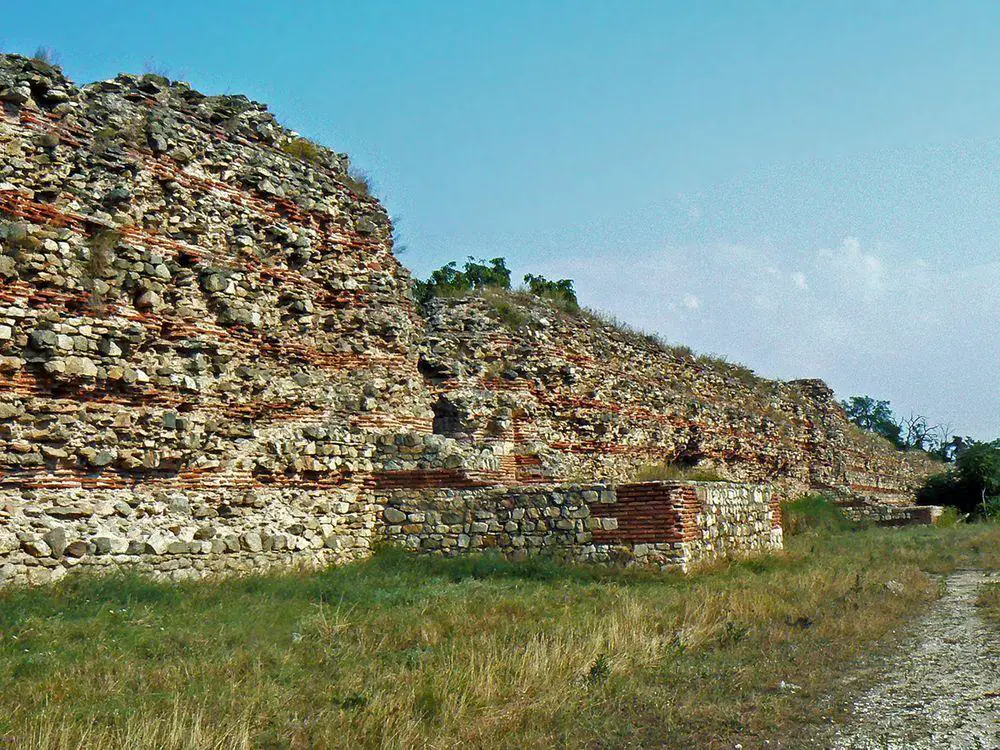
Romans
In 46 AD Thrace was conquered by Roman Empire and Hisarya (then it most certainly had a different name) became a Roman town.
Diocletian gave rights of city in 293 AD and then started the construction of massive fortification walls around the resort. Then the city got a name – Diocletianopolis.
In the early 4th century with the advent of Christianity Diocletianopolis became an important centre of this religion. There have been found 10 Early Christian basilicas in the city – all were built in the 4th – 6th centuries.
It was one of the most important towns in this province, a famous resort town. In the 5th century it was the third largest city in the province after Philipopolis (Plovdiv) and Beroe (Stara Zagora).
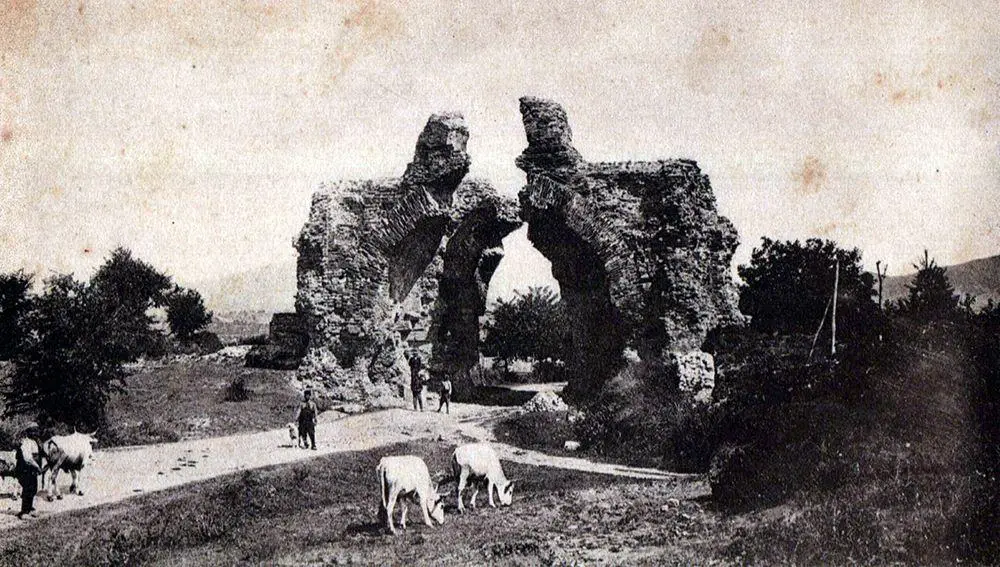
Later history
After the fall of Roman Empire the resort town declined, turned into a village and finally just a few inhabited houses remained. It was in these, Turkish times, when Hisarya got its present name which in Turkish means "castle". Throughout the centuries lots of stones were taken from the town by local peasants.
Soon after the renewal of Bulgarian state local mineral springs became popular again and contemporary Hisarya town started to develop. It became the best known spa town in Bulgaria.
Nowadays Hisarya is a small, peaceful resort town which attracts local and foreign visitors.
The Roman heritage is an important addition to the value of this resort town. Tourists have good access at the well preserved Roman heritage.
Hisarya town has preserved amazing tradition: carnival in February which might have its roots in prehistoric Thracian traditions of this amazing place. Some local women are making special, sophisticated masks for this carnival.
Description
Most of the Roman structures are located inside the city walls – quadrangular enclosure with a total length of 2.3 km. These are some of the best-preserved Roman walls worldwide. In several places, these walls are up to 11 m tall and at the southern gates – even 13 m tall. Walls have 44 towers.
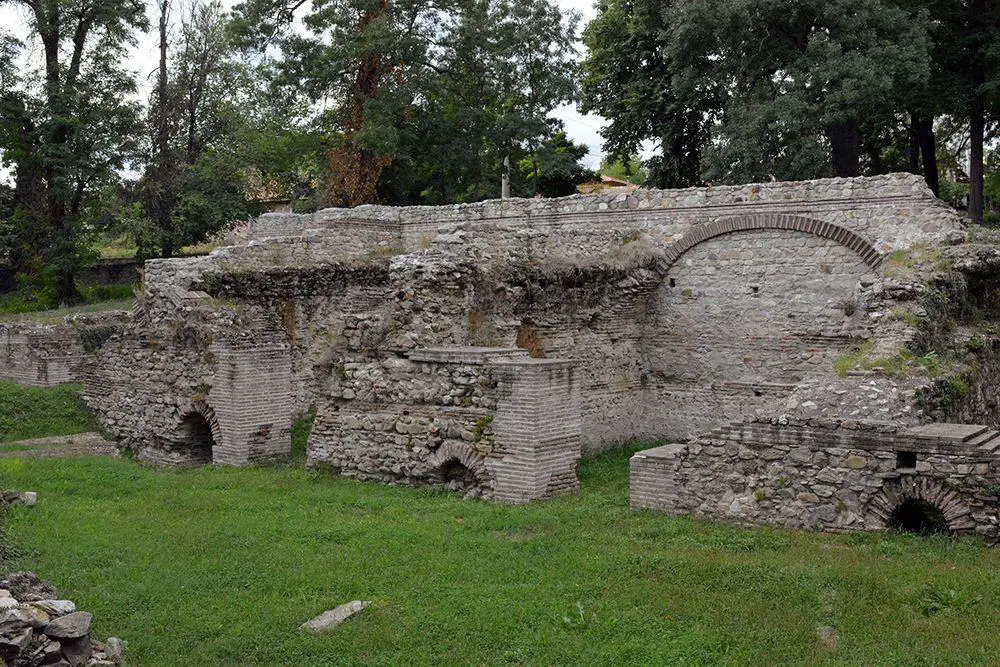
Walls had four impressive gates. Southern gates are nicknamed "The Camels" because the arch of the gates was broken and gates resembled two camels looking at each other. In the 20th century these gates were partially restored.
First Roman baths were built at the hot Toplitsa spring. 2000 m² large baths were discovered in 1935. The structure was constructed in the 4th century AD. This was a sophisticated structure with white marble floor and walls, hot and cold baths, and two swimming pools – each 15 by 5 m large and 1.4 m deep. This amazing building has been well preserved.
In Hisarya are located various other Roman public buildings, small amphitheatre (early 4th century AD), barracks of garrison. Important landmarks are remnants of the Early Christian basilicas – some of the first churches in the area of Bulgaria.
Outside, to the south from the walls is located also Roman necropolis with a fine tomb.
 Linked articles
Linked articles
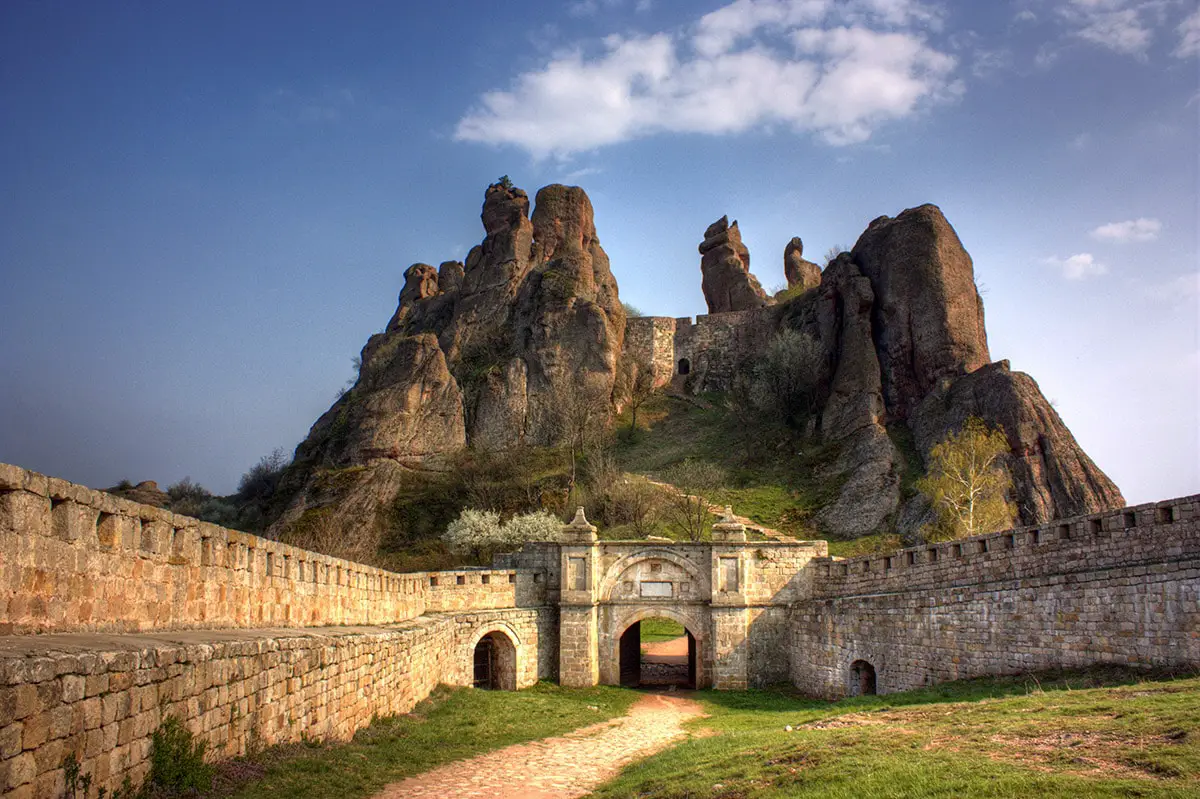
Wonders of Bulgaria
Bulgaria is very rich with wonders indeed: both natural and man-made and quite a few are without analogs in the world. Some of the most interesting ones are diverse landmarks that are left by the Thracian culture, several very impressive Christian monasteries, and a wealth of very interesting rock formations.
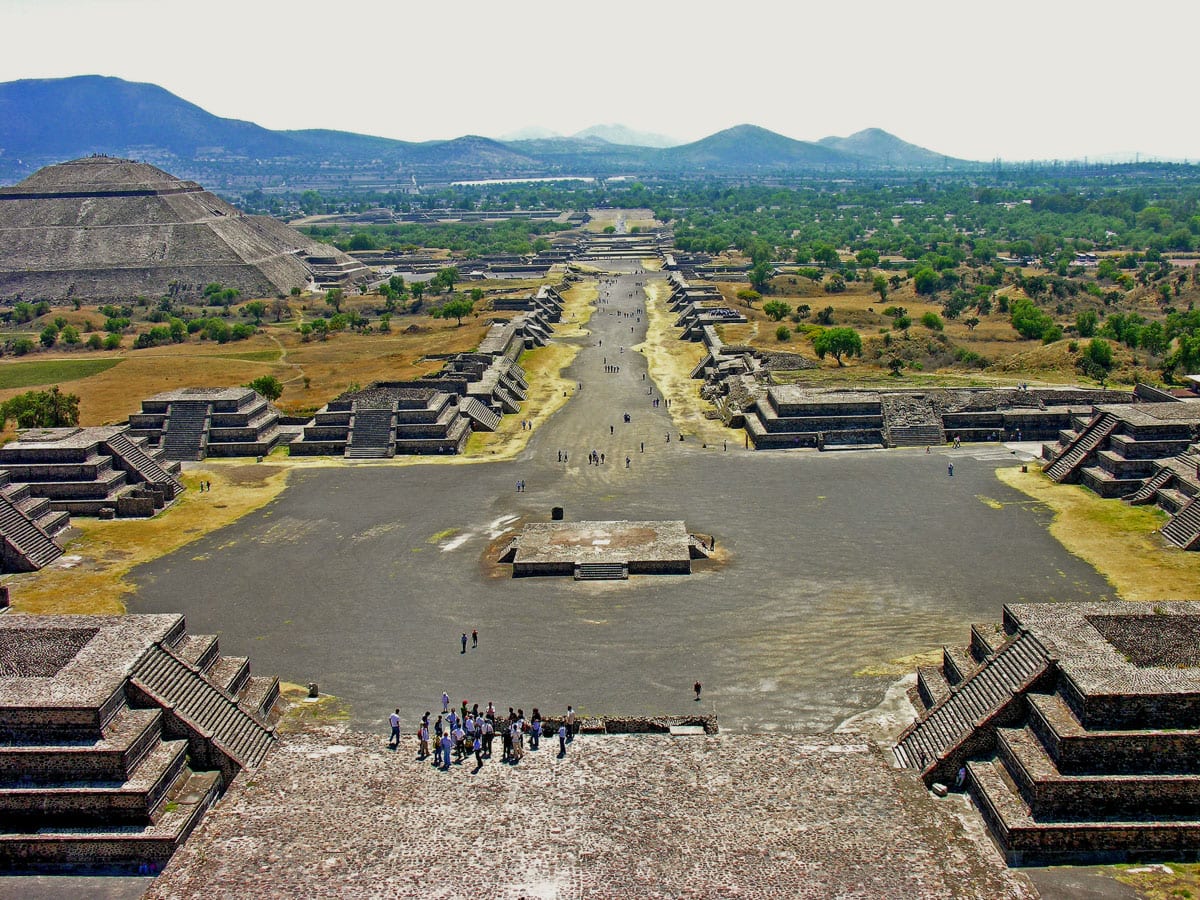
Ancient cities and towns
It turns out that urban planning is a very old profession. The urban fabric of ancient settlements – their structure and evolution gives a lot of food for thoughts about the nature of humans and civilization.
Wondermondo includes in the category of ancient cities and towns those settlements which have developed as urban areas at least 1500 years ago: around 500 AD.
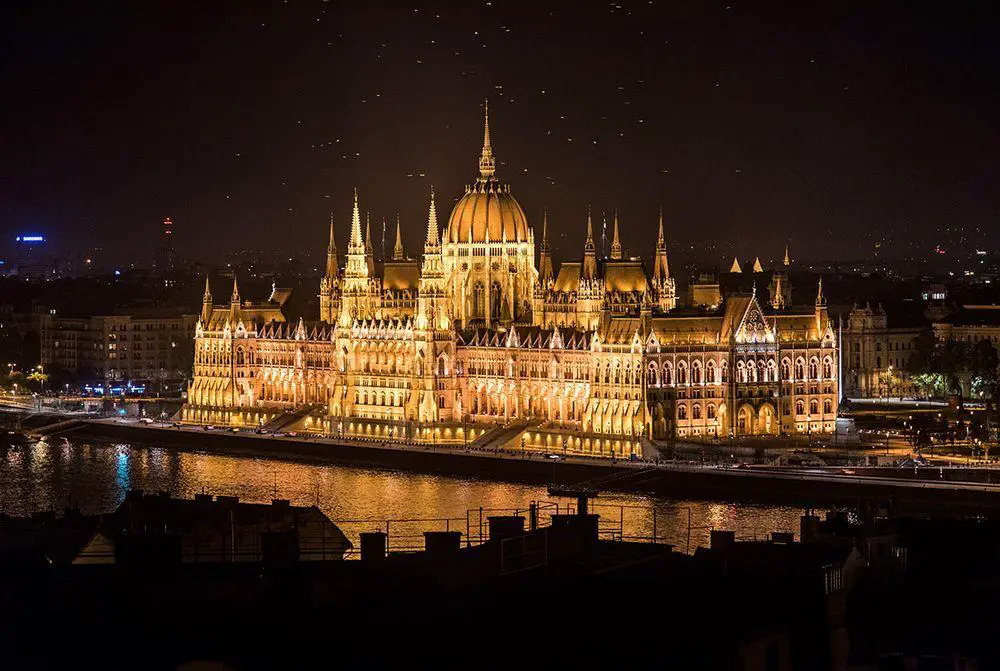
Wonders of Europe
The heritage of Europe is diverse and endlessly interesting. Incomparably rich is the wealth of European historical architecture, but this part of the world has exciting natural heritage and archaeological heritage as well.
 Recommended books
Recommended books
The Thracians 700 BC–AD 46
Throughout the three centuries before Christ, many hundreds of thousands of Thracians, in more than 40 tribes, occupied the area between northern Greece, southern Russia, and northwest Turkey. Skilled horsemen, masters of light infantry fighting in broken terrain, and renowned for their ferocity, the Thracians were feared by even the greatest of their contemporaries, who were eager to employ them as mercenaries.
Thracian Magic: Past & Present
Thracian Magic: past & present is a phenomenal volume of work by the Bulgarian author Georgi Mishev, which opens up the treasure trove of folklore and magical practices of the Balkan Peninsula into the English language for the first time. The author examines the magical practices of modern-day Bulgaria and the surrounding Balkan countries, tracing them to their roots in the ritual traditions of Thrace and the Mystery Cults of the ancient world.


